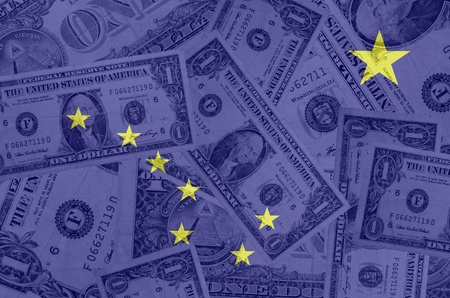Fitch Ratings revised the outlook on the State of Alaska to stable from negative and affirmed its A+ rating on the state’s general obligation bonds. Fitch has also revised the outlook to stable from negative, and affirmed its ‘A’ rating, on state appropriation and Alaska Municipal Bond Bank Authority bonds.
This is the second improvement to outlook by credit rating agencies within the last 30 days, reflecting capacity to replenish budgetary reserves driven by rising energy prices and the structured draw on the Earnings Reserve Account of the Permanent Fund.
Ratings for Alaska from the major ratings agencies are:
- Moody’s Investors Service: Aa3.
- Fitch Ratings: A+
- S&P Global Ratings: AA-
“I remain encouraged with the recent credit outlook improvements but want to continue to advocate for long-term fiscal restraint in the face of heightened energy prices. We remain cognizant of energy price volatility and want to ensure we’re prepared for the future with sustainable management of the state’s reserves,” said Alaska Department of Revenue Commissioner Lucinda Mahoney.

These very modestly positive messages from the credit rating agencies are mostly due to higher oil prices of course, but they are also due to the Legislature turning down Governor Dunleavy’s pleas to sell more long term debt. There is absolutely nothing in the state credit rating outlook that recommends additional borrowing. Had this Legislature done what most earlier Alaska Legislatures have done with debt authorizations proposed in big election years (and this is a very big one) and not only approved the debt but added lots more to it the credit rating agencies would have instead issued cautionary language. Overall state spending has increased every year of the Dunleavy administration, and this governor is anything but a conservative. He is however, more honest than Bill Walker (who isn’t?), and more sane than Les Gara.
Dunleavy’s 2018 campaign promises to provide a full dividend was based on unrealistic oil prices and budget cuts, primarily to education. State spending in FY 2019 was $5.9B and in FY 2021 was $5.7 B a $200 milliion decrease. The 2022 budget is balanced without taking on any new debt. Anonymous posters usually have easily disproven BS
The permanent fund has more money than most universities, although some come pretty close. Maybe now Alaska can get a secured credit card. Seriously, Alaska shouldn’t need to borrow money, period!
Do the ignorant Dems in the State legislature need any more proof that a vibrant oil & gas industry is crucial to the economic prosperity of Alaska?